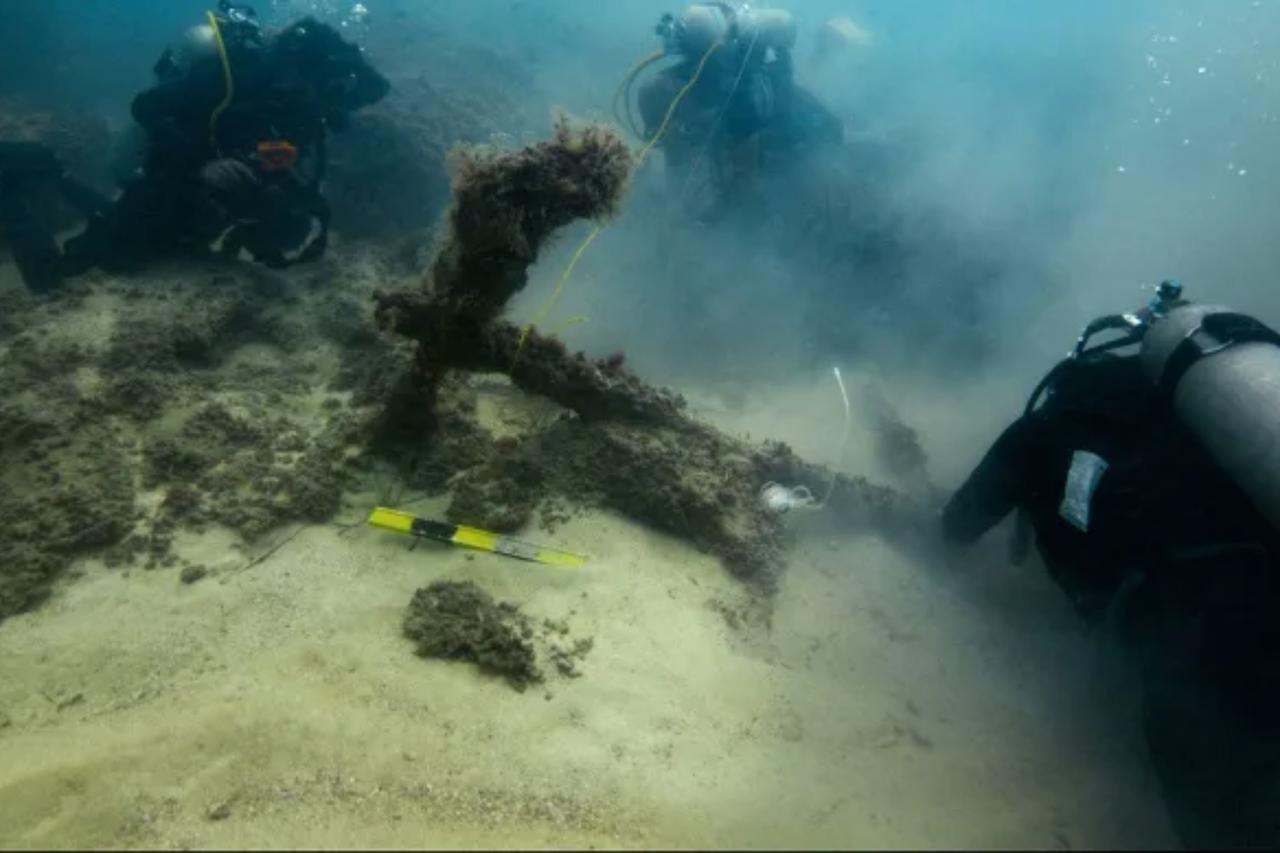
A team of underwater archaeologists, including explorers from National Geographic—Kathleen Martinez and Bob Ballard—have discovered rows of 6-meter-long structures, likely columns, in the Mediterranean Sea.
Kathleen Martinez and her team have spent 20 years searching for Cleopatra’s tomb, leading them offshore to explore a mysterious sunken site.
Researchers also uncovered evidence of polished stone floors, cement blocks, ship anchors, and storage jars dating back to the era of Cleopatra.
The team discovered the port after tracing a previously found tunnel stretching 1,305 meters, which appears to connect the ancient Temple of Taposiris Magna, located about 48 kilometers west of Alexandria, to the sea.
Martinez believes the temple is a significant site in relation to Cleopatra’s tomb, although many archaeologists disagree with her hypothesis.
The Egyptian Ministry of Tourism and Antiquities announced the findings on Sep. 18.
National Geographic published them and featured them in its documentary, Cleopatra’s Final Secret documentary series.
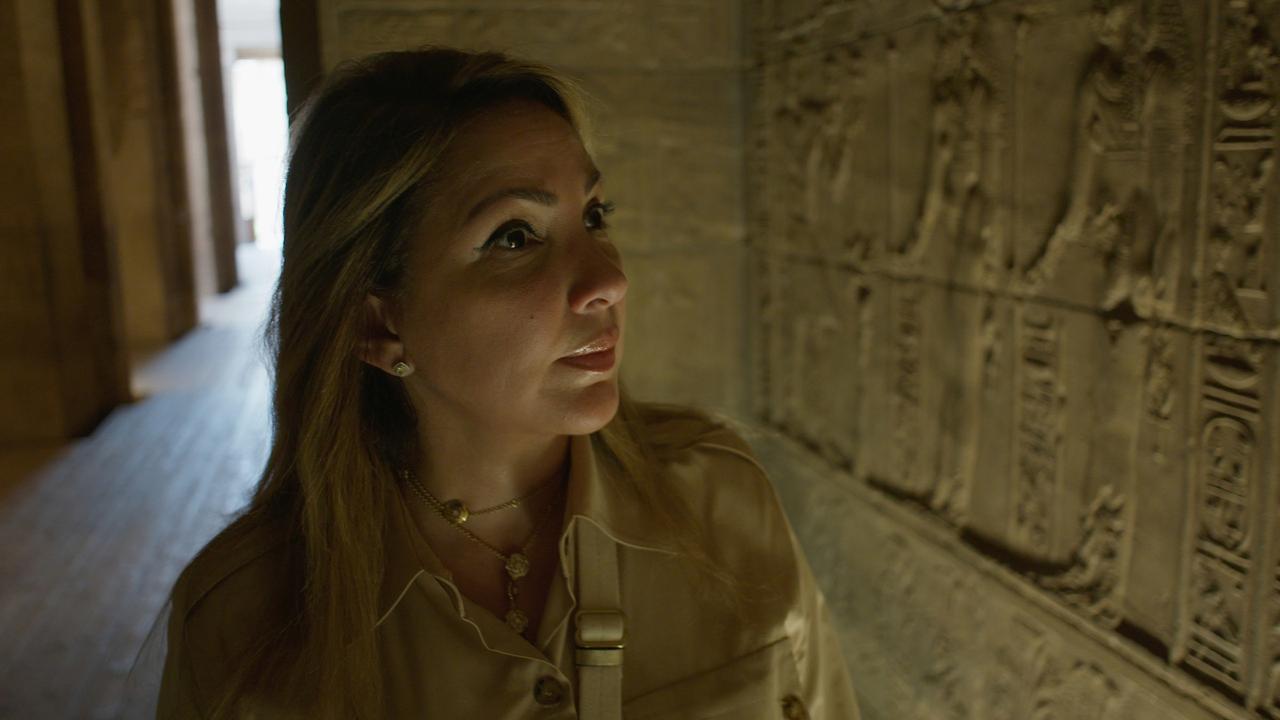
With new excavation work set to continue for three months at the temple and the submerged site, Martinez believes this discovery is a promising step in her 20-year search for the tomb of Queen Cleopatra VII.
She told CNN, "The discovery of Cleopatra’s tomb would be one of the greatest finds of the century."
The Egyptian Ministry of Tourism and Antiquities announced in December, on social media, that Martinez and her team had made new discoveries beneath the southern wall of the outer enclosure of Taposiris Magna.
Researchers uncovered 337 coins, many bearing Cleopatra’s image, as well as pottery and stone vessels used for food storage, cosmetics, and statues.
They also found a small statue of a woman wearing a crown and a limestone bust of a king.
Martinez believed the female statue depicted Cleopatra. However, a statement from the ministry said many archaeologists dispute this claim.
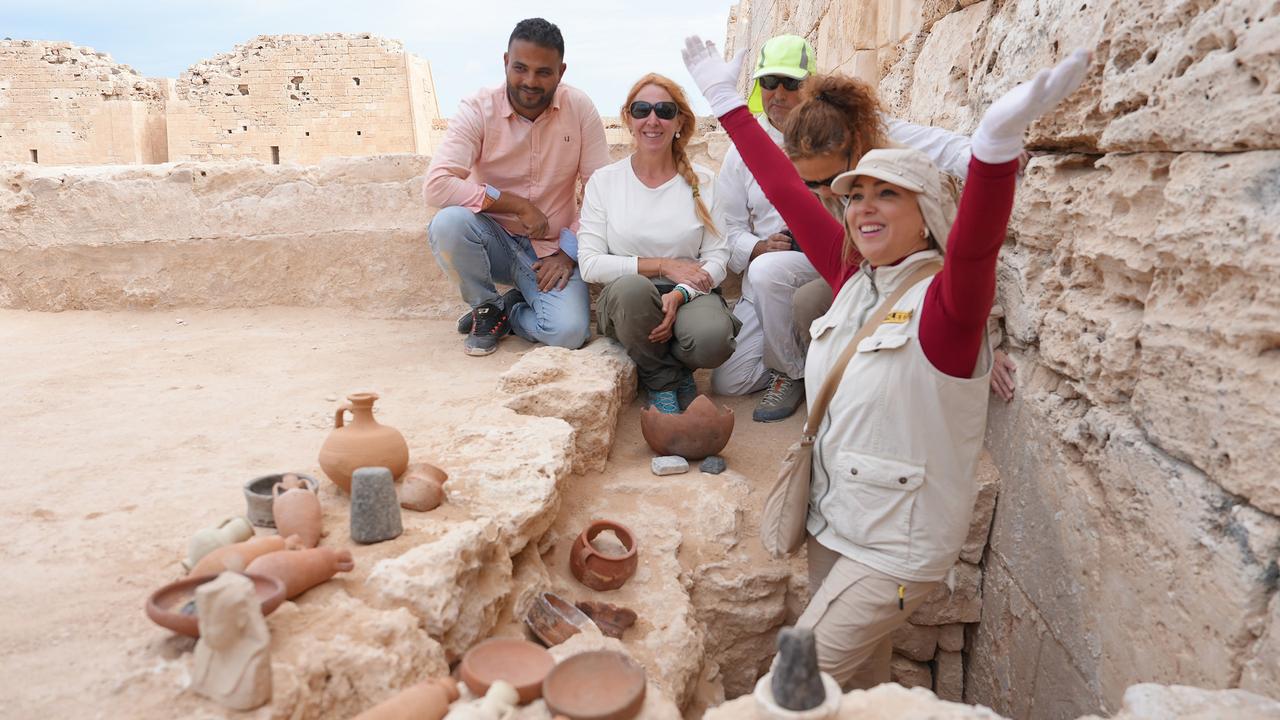
They noted that the facial features differ from known images of Cleopatra VII and suggested the statue likely represents another royal woman or princess.
Martinez and her team are now taking samples from the submerged site to better understand the artifacts and pottery found there.
She added that each excavation brings her closer to her goal, emphasizing that finding Cleopatra’s tomb is only a matter of time.
“This makes the temple extremely important, as it meets all the criteria to have been chosen as the burial site for Cleopatra alongside Mark Antony, the Roman man she loved and fought beside,” Martinez said.
Experts, however, remain skeptical of Martinez’s theory linking a tomb to the Temple of Taposiris Magna.
Paul Cartledge, Emeritus Professor of Greek Culture at Cambridge University and Senior Research Fellow at Clare College, wrote in an email: “I believe Cleopatra was buried in the royal cemetery in Alexandria.”
Cartledge, a historian of the ancient Greco-Roman world and Hellenistic Alexandria, clarified that he is not a specialist in Cleopatra studies and did not participate in the excavations.
He explained: “Emperor Augustus would have wanted Cleopatra to be buried in that place. She was Egypt’s last pharaoh, and Augustus presented himself and Rome as her legitimate successors.”
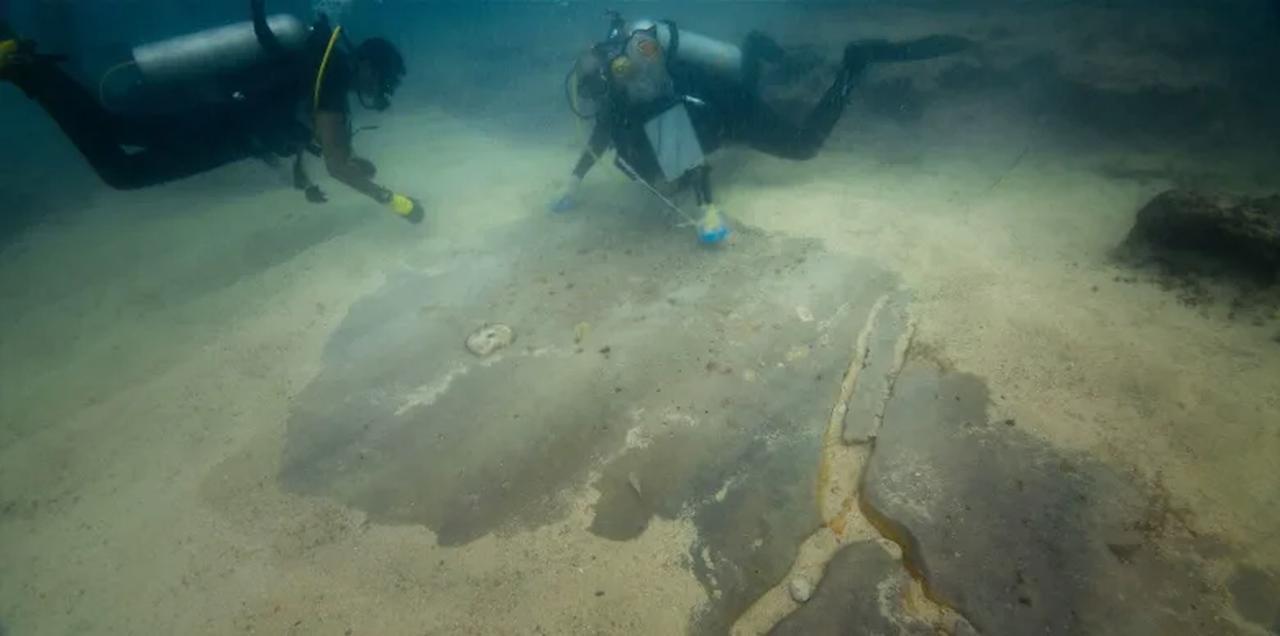
Despite her short life of 39 years, Cleopatra left a significant mark on the ancient world as one of the few female rulers and the last pharaoh of Egypt.
She was born in Alexandria in 69 B.C. and became queen at the age of 18. Cleopatra died in 30 B.C. after being defeated by Octavian, also known as Emperor Augustus and founder of the Roman Empire, at the Battle of Actium in 31 B.C.
According to legend, rather than fall into Roman hands, Cleopatra had a venomous snake bite her in Alexandria, as noted in the documentary.
However, the exact circumstances of her death remain unknown. Some researchers suggest she died from poison.
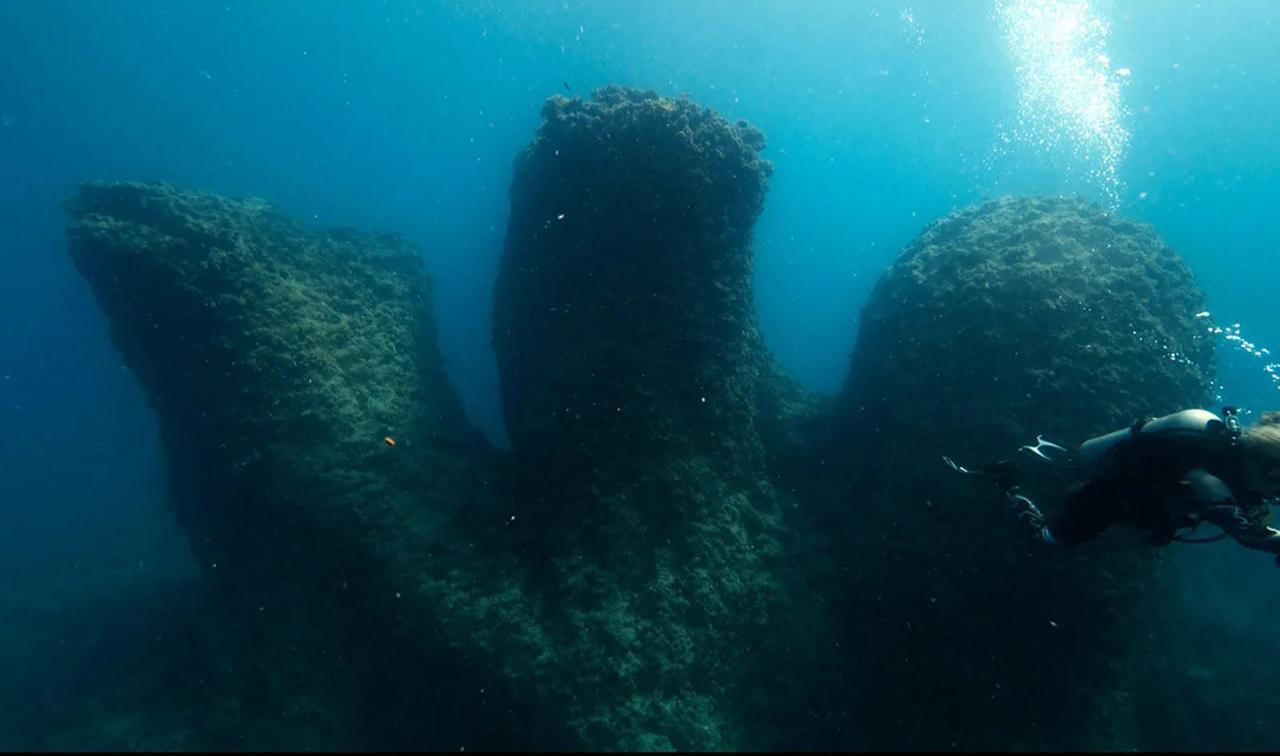
Plutarch, a historian, philosopher, and one of the leading writers of the Roman era, wrote that Cleopatra and Antony were buried together in her tomb in Alexandria.
However, no evidence of her grave has been found there—especially after the earthquake and tsunami that struck the city in 365 A.D., which submerged the royal area under 20 feet of water.
Martinez believes Cleopatra chose a safe place to disappear, away from Roman eyes, making Taposiris Magna the most suitable burial site. She and her team began searching there in October 2005.